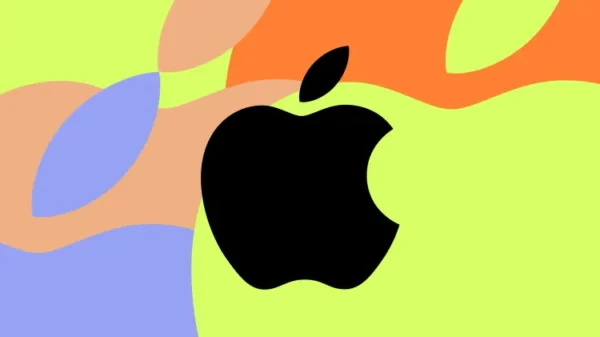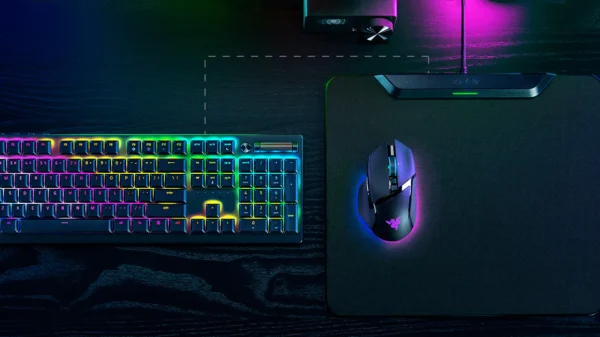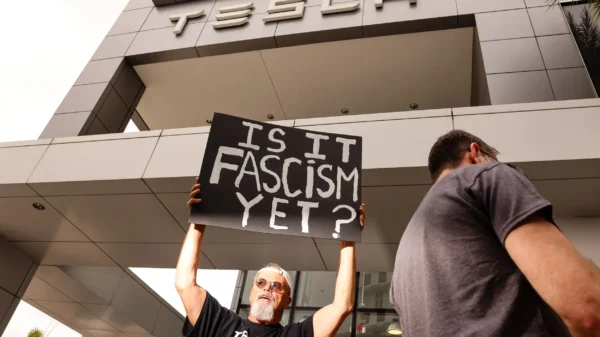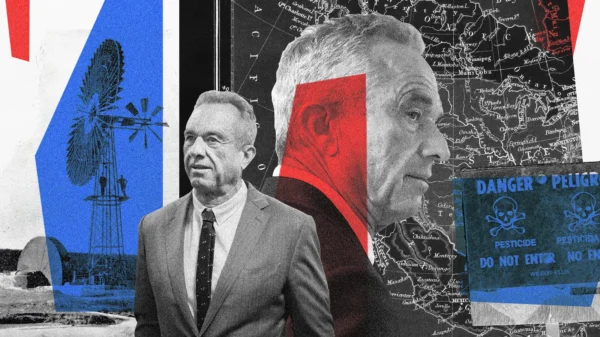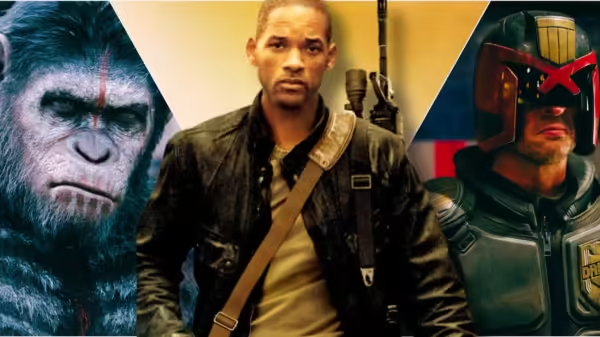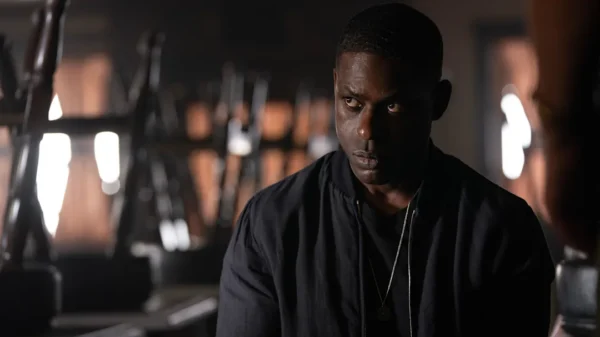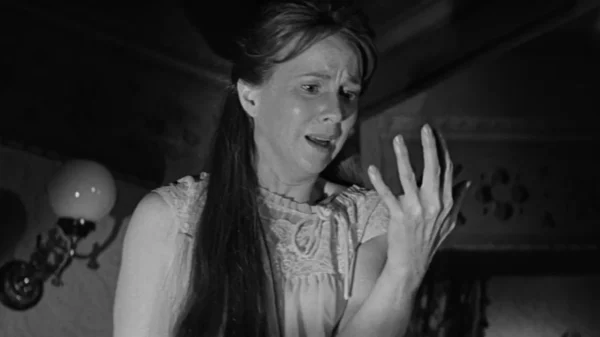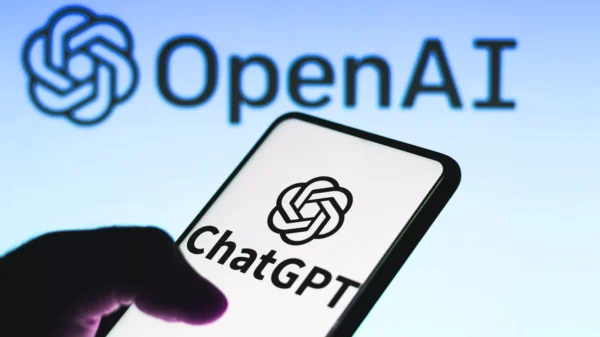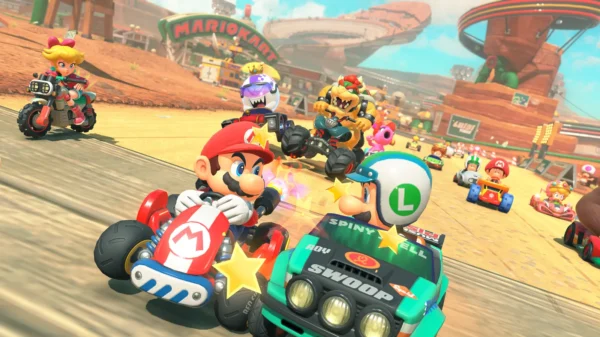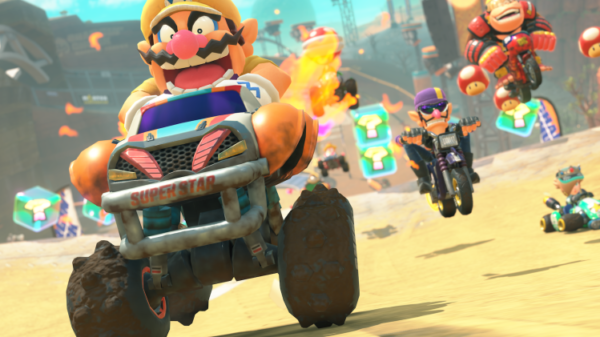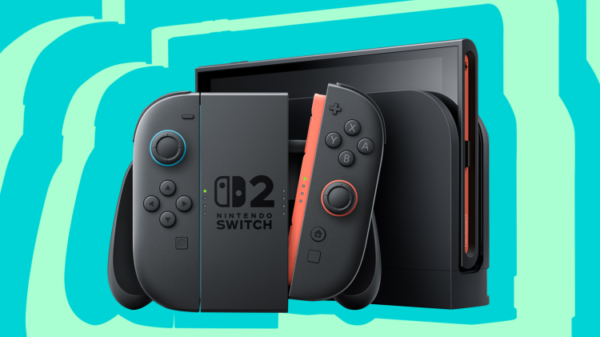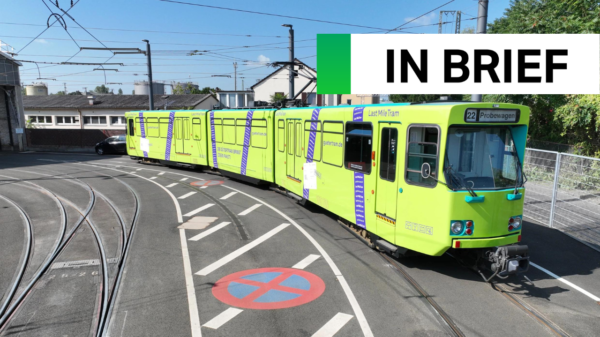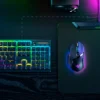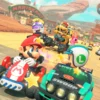The Super Smash Bros. series has a long and complicated history when it comes to competitive gaming. The games were always popular, so there were always a number of people vowing for that #1 spot, but it wasn’t until the discovery of wavedashing in Smash Bros. Melee, a movement mechanic allowing players to move more quickly by performing downward angled airdodges, that the competitive fire truly exploded.
And for many years, it was a fire that Nintendo tried to stomp out. This was expressly stated by series creator, Masahiro Sakurai. But not in the aggressive, hateful way that many fans have come to think. From a 2003 interview cited in a forum on Shoryuken, Sakurai had this to say:
“As a game designer, I can’t ignore this possibility. If, in a multiplayer fighting game, only the winner feels good and the other challengers get no such feeling, then there is really no joy at all. No matter how people play, I want everyone to be happy!”
After the explosive competition in Melee, the world saw Sakurai’s reactions to the competitive scene with Smash Bros. Brawl, which was specifically designed to run counter to the competitive playstyle of Melee. Despite this, the game still featured a brief competitive scene, but was eventually outlived by Melee due to the randomness of its mechanics (tripping) and slow mechanics.
After Brawl, Sakurai’s design decisions regarding the competitive scene appeared to shift. Rather than trying to stomp out the hyper-competitiveness altogether, he aimed to make the tools they used more intuitive and easier for everyone else to use. This came through in Smash 4.
Ardodges had, in Melee and Brawl, been a very punishing mechanic not often used by casual players. You get a brief period of invulnerability, but miss that period and you’ve stuck in helpless freefall until you hit the ground. Smash 4 changed this, allowing players to perform multiple dodges in a single jump, which encouraged players of all skill levels to experiment with the mechanic.
Being off-stage was also made much friendlier in Smash 4 with the addition of Ledge Trumping and Ledge Snapping. While disliked by competitive players, these changes made it much more easy to guarantee returning to the stage after a risky jump, lessening the leap of faith (pun intended) needed to commit to an off-stage attack.
There was also the addition of a “rage” mechanic, increasing the knockback dealt by a player’s attack the higher their percent counter rose. Due to this mechanic, getting damaged held possible benefits, as more and more damage meant an easier win against opponents.
Smash Ultimate shows a conclusive, final point of this ideology. Changes shown in the Direct reveal include a direct mention of “short hopping”, a term used in competitive smash describing a light tap of the jump button triggering a very small leap the perfect distance off the ground for a midair attack. In Smash Ultimate, pressing the jump and attack buttons at the same time, plus a direction input, will automatically cause the player character to perform a short hop ariel of the direction that was inputted (ex. pressing back + Jump + attack will use a short hop back air, while not pressing a direction will use a short hop neutral air).
This is a significantly different and more accepting balance ideology than the one used for Brawl, where the game focused on making air attacks too slow to be used effectively off of such a short jump. In smash Ultimate, they’re still quite good, and everyone can do them.
The changes to Smash Ultimate’s knockback mechanics are also an attempt to make the game friendlier without harming the competitive players. Knockback now moves the opponent extremely quickly while they are in motion, but also decelerates them very quickly after they’ve traveled the full distance. This is almost definitely a change meant to make follow-up “combo” chain attacks more difficult and to give a little more breathing room to lower-skilled players, but the changes also allowed many characters in Smash Ultimate to be faster overall – if you’re familiar with previous Smash Bros. games, check out this Ultimate match featuring Ike, and compare it to any other iteration of Ike in the Smash series; you’ll notice he’s quite a bit faster in Ultimate.
These decisions could have been aided by a few things, one of which might be the realization of how much money is lying dormant in the eSports scene, and another is a continued effort to, as Sakurai said before, “make everyone happy!” And with both competitive and casual players singing praises of Smash Ultimate’s early gameplay showcase, the upcoming title looks to do just that.
Featured Image Via Flickr / Nelo Hotsuma


